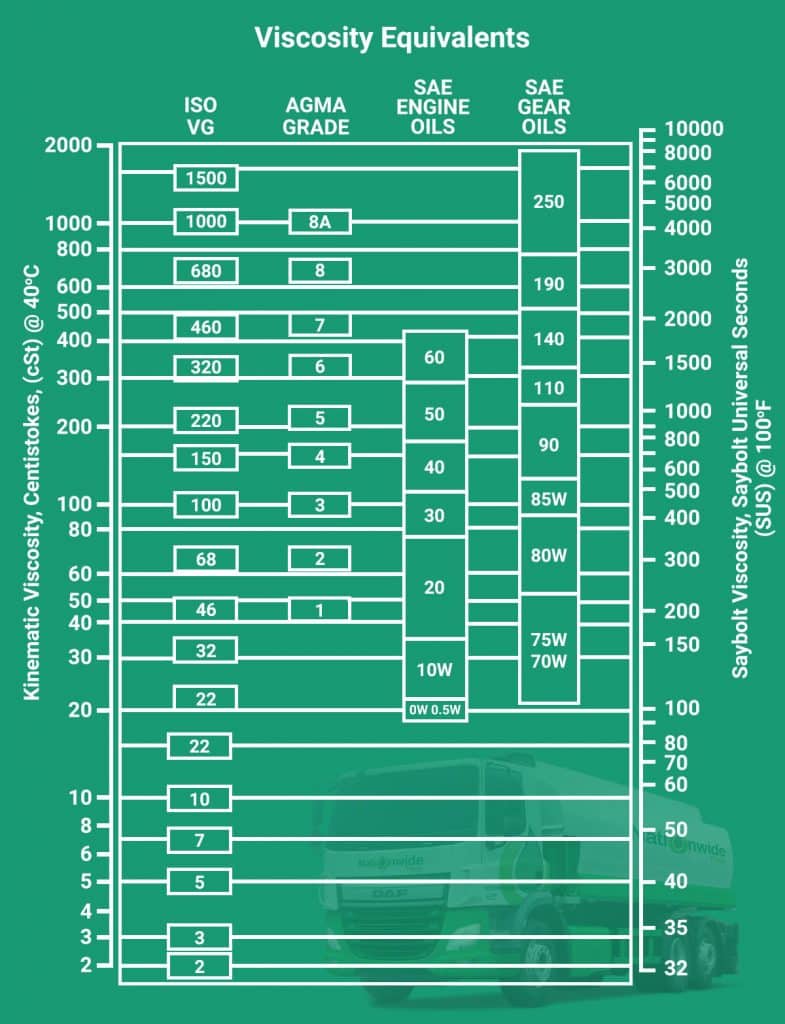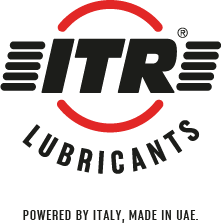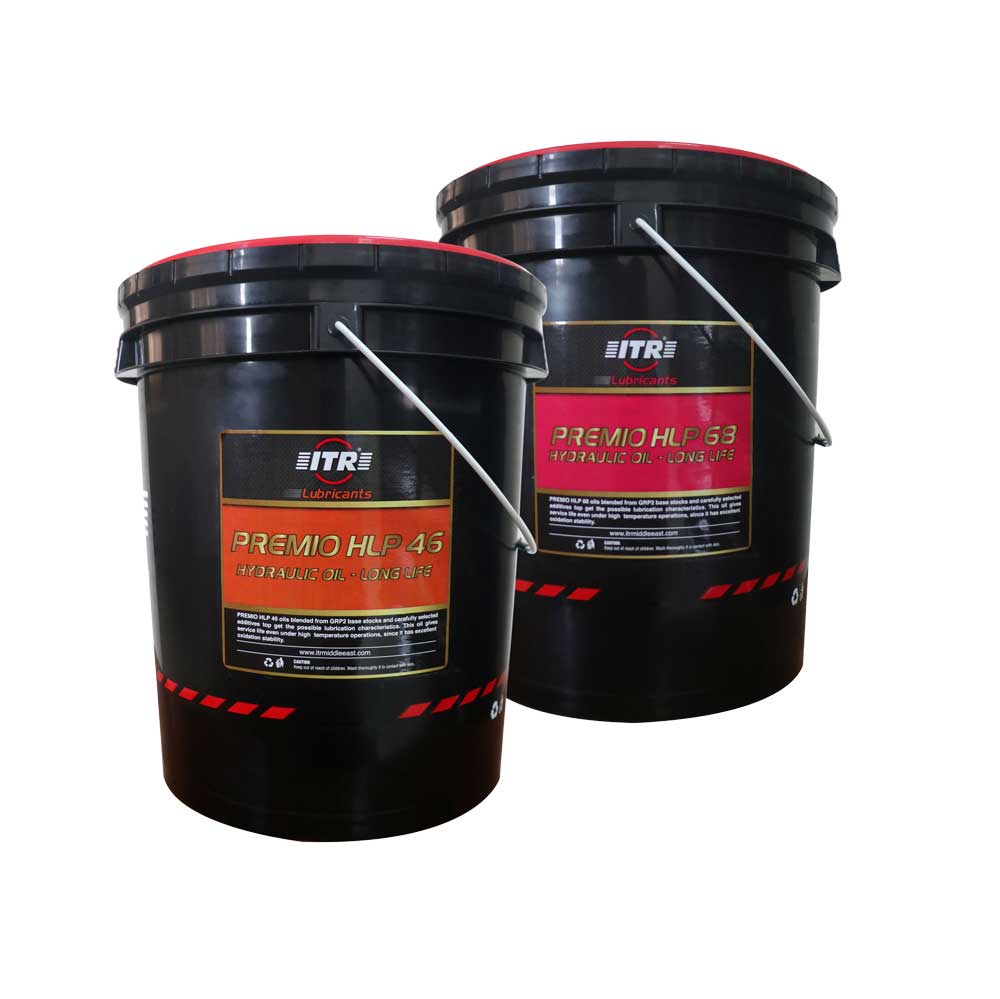One of the most crucial factors of a hydraulic oil is its viscosity and it’s one of the most important factors that affect the performance as well. Hence it’s vital to choose the right hydraulic oil as it is crucial for machines performance.
Viscosity refers to the ability of a fluid to resist flow. This is an important characteristic for a hydraulic oil as it affects how your system operates , as higher viscosity leads to lower efficiency as it leads to increased friction
Thus, the viscosity chart is essential to help you make informed choices. This chart contains a list of oils and their respective viscosity. The chart has oils such as ISO VG, SAE engine oils, SAE Gear oils, and AGMA Grade. This article covers essential aspects of hydraulic oil viscosity, such as;
Chart Explained
International Organization for Standardization (ISO) is the commonly accepted standard for the measurement of viscosity. The ISO Viscosity Grade (VG) applies if your application is stationary, whereas the SAE grade applies to a mobile application.
A lot of modern equipment falls into these two grades. Static gear boxes mostly match the American Gear Manufacturers Association ( AGMA).
The higher the VG number, the higher the viscosity, also called weight. Thus, grades that have W on them refer to the weight. However, W, next to automobile engine oil, refers to winter oil.
Viscosity grade gives you a hydraulic oil’s viscosity in centistokes (CST) at 400C . Most hydraulic systems apply a viscosity range of ISO VG15-ISO VG100. The chart below gives a reference point to help you convert between the four viscosity measures.
You can draw a horizontal line from your known viscosity chart across the hydraulic oil viscosity chart|. Those that you cross over are equivalents. It’s always important to check with your supplier, as some grades may cross over.
For example, SAE 90 covers ISO 150 to ISO 220. In application, ISO 150 works well in low temperatures, whereas ISO 220 works better in high temperatures.

Figure showing the hydraulic oil viscosity chart|
The different viscosity ranges have varying uses. This is as depicted in the table below;
| Hydraulic Oil Grade | Use |
| ISO 15 | -Hydraulic brake systems-Power Steering |
| ISO 22 | -Used in airlines |
| ISO 32 | -High-power machine tools |
| ISO 46 | -High-pressure industrial plants |
| ISO 68 | -Large load-carrying systems |
| ISO 100 | -Industrial machinery handling heavy load. |


